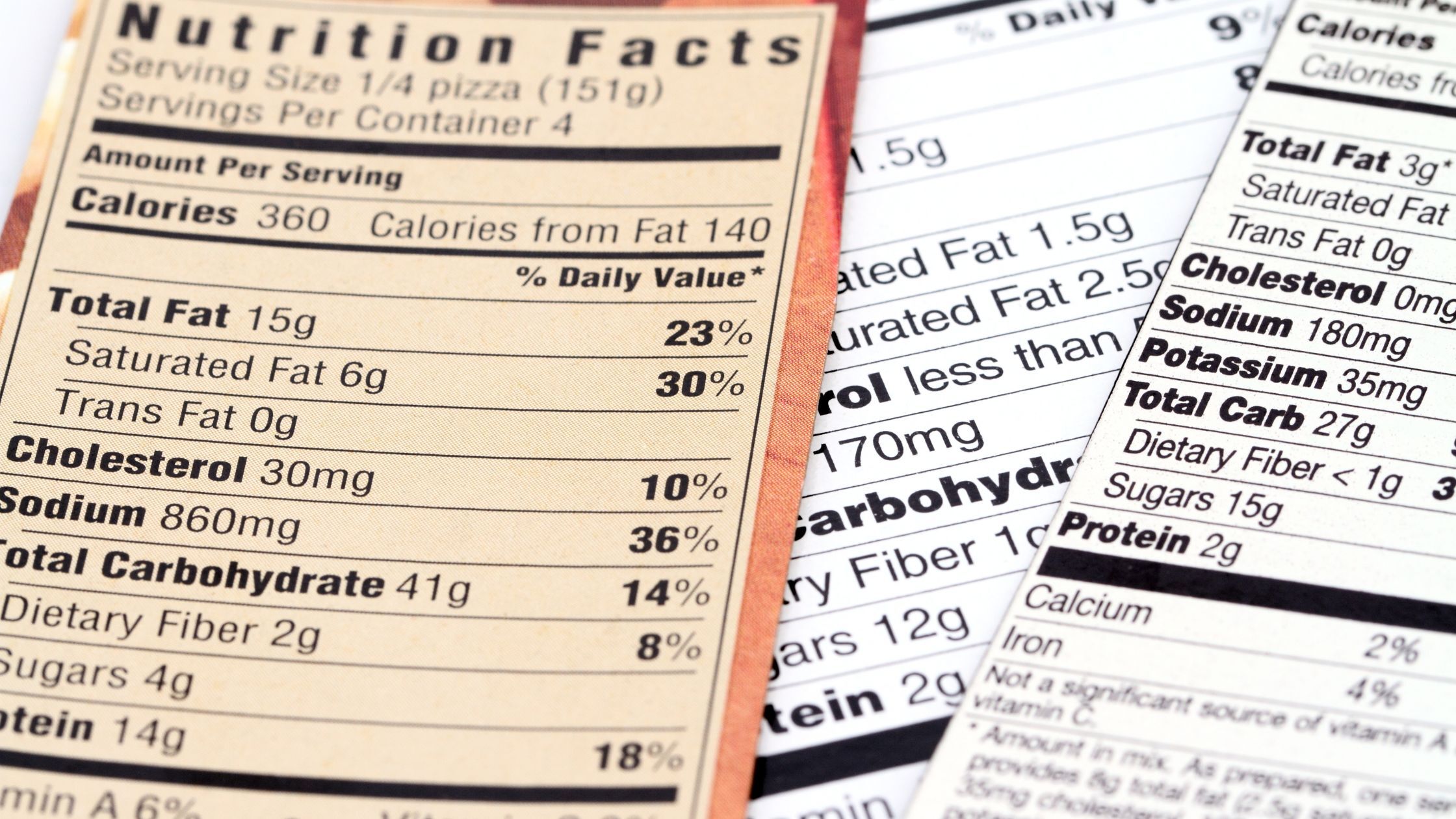Pet food regulations make sure your pet’s food is safe. Here, we explain who regulates pet food, the standards they enforce and what this means for you.
Regulatory bodies overseeing pet food

In the United States, the Food and Drug Administration (FDA) and state regulatory authorities primarily oversee the regulation of pet food. Under the Food, Drug, and Cosmetic Act (FD&C Act), the FDA ensures pet food is safe, sanitary and truthfully labeled. To uphold pet food safety standards, the FDA collaborates with state authorities for risk-based inspections.
The Association of American Feed Control Officials (AAFCO) establishes guidelines for pet food labeling and ingredient definitions, cooperating with state regulations. Although AAFCO helps develop standards, direct testing of pet foods is the responsibility of the FDA and state agencies.
This collaboration creates a comprehensive regulatory framework that pet food manufacturers must follow, safeguarding animal health and consumer trust through EU legislation, as each manufacturer adheres to these guidelines.
Pet food ingredients approval
Approving pet food ingredients is vital for ensuring the safety and quality of pet food products. The FDA’s Center for Veterinary Medicine manages the GRAS (Generally Recognized as Safe) notification program for pet food ingredients. Ingredients can achieve GRAS status through validation via scientific studies or a long history of safe use in food. This program streamlines regulatory processes for new ingredients while ensuring their safety.
Supporting GRAS status requires scientific documentation, including published studies, historical usage data and expert evaluations. Companies can voluntarily submit a GRAS notification to the FDA, detailing the ingredient and its safety. Assessing an ingredient’s GRAS status involves understanding its intended use, function and target species.
This rigorous approval process ensures the safety of pet food ingredients for our furry companions.
Labeling requirements for pet food

Pet food labeling must adhere to federal and state regulations, often based on AAFCO standards. Essential items on pet food labels include the brand name, intended species, quantity, guaranteed analysis, ingredient list, nutritional adequacy statement, feeding directions and manufacturer’s contact information. Ingredients must be listed by weight in order of predominance, starting with the heaviest.
A nutritional adequacy statement indicates if the food is suitable for a specific life stage or for supplemental feeding. Claims such as ‘low calorie’ or ‘high protein’ must adhere to specific AAFCO guidelines. An AAFCO statement on a pet food label indicates essential nutrients, determination method and appropriate life stage. This ensures pet owners are well-informed about the nutritional content and suitability of the pet food they purchase.
States may adopt variations of AAFCO’s model laws, leading to differences in pet food labeling and safety standards. Therefore, pet food manufacturers must stay updated with both federal and state regulations to ensure compliance and product safety. This comprehensive labeling system helps pet owners make informed decisions about their pets’ food.
Production standards and facility design
Pet food production facilities incorporate stringent safety features to minimize contamination risks in the pet food industry. These facilities often use stainless-steel equipment and provide handwashing stations to ensure hygiene. Walking patterns and protective coatings on floors and walls further enhance safety and hygiene in pet food facilities.
Wet pet food production involves hermetically sealed packaging, ensuring a sterile environment and a lengthy shelf life without preservatives. In contrast, dry pet food uses natural or artificial preservatives to prevent spoilage due to rancidity or microbial growth, making proper storage essential in nature.
These standards and designs are essential for maintaining the safety and quality of pet food products.
Safety protocols for wet and dry pet foods
.jpg?width=960&height=540&name=Labeling%20requirements%20for%20pet%20food%20(1).jpg)
Wet pet food undergoes high-temperature sterilization, resulting in products that are sterile with a long shelf life. Canned pet foods must adhere to specific regulations to ensure they are free of harmful microorganisms, with HACCP methodology implemented during production to manage safety risks.
Dry pet food utilizes natural or artificial preservatives and antioxidants to maintain quality over time. Wet pet food typically contains animal-derived and vegetable ingredients, whereas dry pet food is produced using processes such as extrusion. Animal food is an important consideration in pet nutrition.
These safety protocols ensure both wet and dry pet foods are safe for consumption and retain their nutritional value.
Handling raw pet food
Handling raw pet food requires strict hygiene practices to prevent cross-contamination with human food and human consumption. Recommended practices include washing hands, disinfecting surfaces and utensils, disposing of uneaten food, and cleaning the feeding area. These measures are essential for maintaining both pet and human health.
Extra care in raw materials pet food production is crucial to control pathogens. Adhering to these hygiene practices helps pet owners minimize risks associated with handling and feeding raw pet food, ensuring safety for both pets and humans.
Additives and undesirable substances
Regulations controlling feed additives are crucial for maintaining pet food safety. The same controls for farmed livestock feed also apply to pet food additives. Directive 2002/32/EC establishes maximum allowable levels for certain heavy metals and toxins in animal feed.
The animal’s tolerance level is considered in the risk assessment for maximum levels of undesirable substances and other substances in pet food of animal origin and animals, including animal by products. Member states must enforce detoxification processes for feed products to comply with established safety standards.
These regulatory requirements ensure pet food products are considered safe and free from harmful substances.
State-specific regulations
Most states regulate pet food products under animal feed laws. This regulation falls under animal feed laws. State regulations on pet food can differ from federal guidelines, with many states adopting AAFCO model regulations. These state-specific regulations may impose additional requirements on marketing claims, varying by jurisdiction.
Many states base their pet food regulations on AAFCO’s recommendations. This variation in regulations highlights the importance of pet food manufacturers staying updated with both federal and state laws to ensure compliance and product safety.
Marketing claims and restrictions
The FDA mandates that marketing claims on pet food must not be misleading and must be substantiated by adequate evidence. Claims related to health benefits require specific data to support them before use on labels. Claims like ‘low magnesium’ or ‘hairball control’ must comply with FDA guidelines and demonstrate product effectiveness.
These restrictions prevent pet owners from being misled by false or unsubstantiated claims, promoting transparency and trust in the balanced pet food market for dogs. For additional information, pet owners can refer to reliable sources that present the rules.
Co-location of human and pet food production
Facilities producing both human and pet food must adhere to strict design principles to minimize contamination risks. Pet food manufacture facilities often utilize stainless-steel equipment and establish specific walking patterns to enhance hygiene.
Implementing Hazard Analysis Critical Control Point (HACCP) methodologies is crucial for managing specific risks during production. These practices ensure both human and pet food products are produced safely and meet high-quality standards.
Nutrient profiles and feeding trials
.jpg?width=960&height=540&name=Labeling%20requirements%20for%20pet%20food%20(2).jpg)
Nutrient profiles determine the complete ness and balance of pet food, ensuring all essential nutrients are included. Nutrition feeding trials assess how well pets thrive on specific diets, revealing insights that lab tests alone cannot provide.
During feeding trials, health parameters such as bloodwork and body condition scoring are monitored to ensure overall pet health. These trials can highlight adverse effects or deficiencies in pets that may not be evident through chemical analyses.
Innovations like biomarker analysis and wearable technology are being explored to enhance the accuracy of feeding trials.
Compliance and inspections
The FDA performs risk-based inspections of pet food facilities to ensure compliance with safety regulations. The FDA’s inspection approach focuses on evaluating how well facilities implement necessary safety practices.
The FDA conducts inspections based on risk factors, including compliance history and potential hazards in pet food. When compliance issues arise, the FDA favors voluntary corrective actions to address them. If voluntary compliance efforts fall short, the FDA can implement progressive enforcement measures, including recalls and legal actions.
How can GC Consulting help you?
GC Consulting can help you:
- understand these pet food regulations
- implement these regulations into your product
- search for reliable and quality brands that already apply these guidelines in their products
Explore all their consulting services >
Get to know the man behind GC Consulting >
Summary
Navigating the complex world of pet food regulations may seem daunting, but it is essential for ensuring the safety and health of our pets. From ingredient approvals to labeling requirements and safety protocols, every aspect is meticulously regulated to guarantee the quality of pet food products.
As we conclude this guide, it is clear that the regulatory framework governing pet food is comprehensive and robust. This ensures that the food we provide to our pets is not only safe but also nutritious and of high quality. The continued collaboration between regulatory bodies, manufacturers and pet owners is crucial in maintaining these high standards and fostering a healthy environment for our pets.
Frequently asked questions
What are the main regulatory bodies overseeing pet food in the United States?
The main regulatory bodies overseeing pet food in the United States are the FDA and state regulatory authorities, with the FDA enforcing the Food, Drug, and Cosmetic Act and working alongside states for inspections. This ensures the safety and compliance of pet food products.
How are pet food ingredients approved?
Pet food ingredients are approved through the FDA's GRAS program, which relies on scientific studies and historical usage to demonstrate safety. This ensures that the ingredients are safe for pet consumption.
What must be included on a pet food label?
A pet food label must include the brand name, intended species, quantity, guaranteed analysis, ingredient list, nutritional adequacy statement, feeding directions and the manufacturer's contact information to ensure transparency and safety. This comprehensive labeling helps pet owners make informed choices about their pet's diet.
What are the safety protocols for wet pet food?
Wet pet food must be sterilized at high temperatures and produced according to strict safety regulations, including HACCP methodology, to eliminate harmful microorganisms and ensure safety.
How do state-specific regulations affect pet food?
State-specific regulations impact pet food by often introducing additional requirements beyond federal guidelines, particularly concerning marketing claims and labeling. This can lead to inconsistencies in pet food standards across different states.


.jpg)
.jpg)
